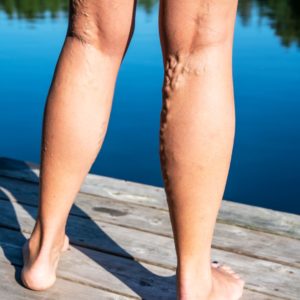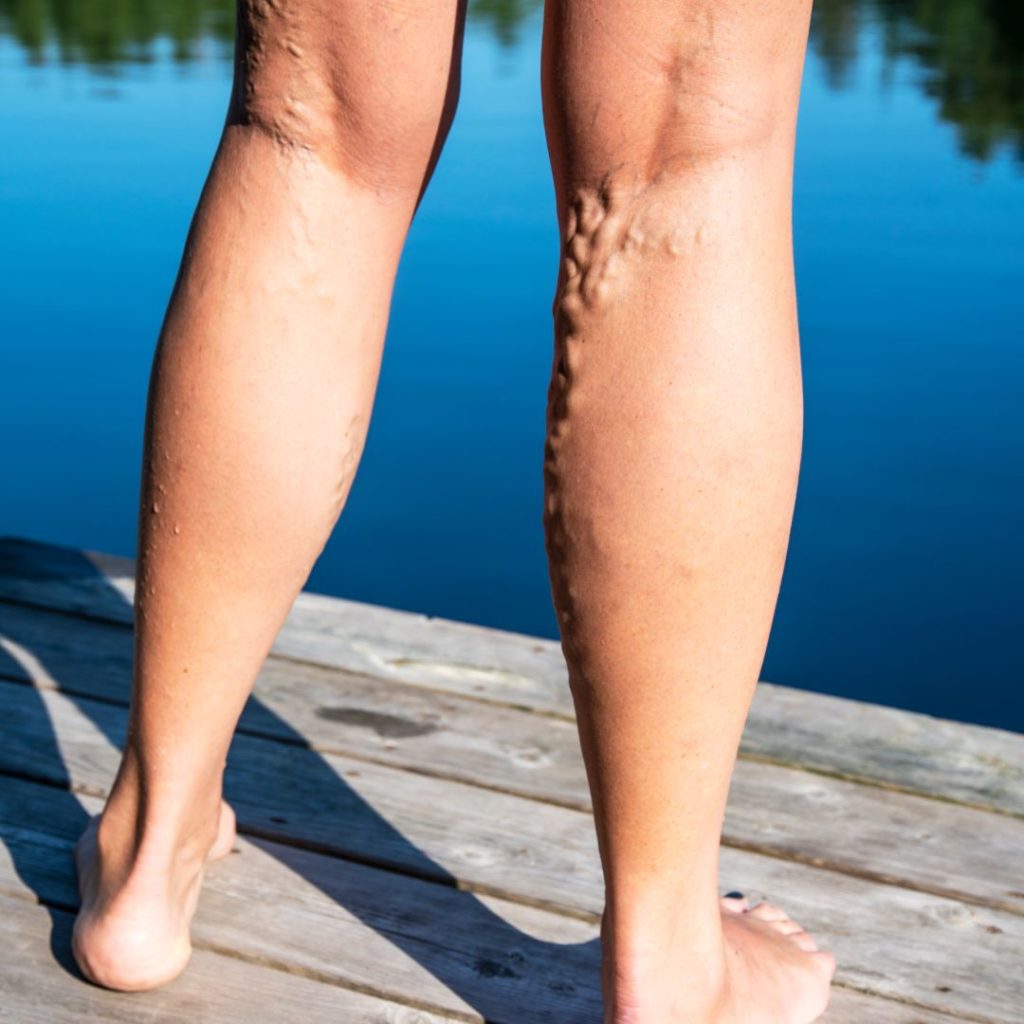
What is peripheral artery disease? This is a disease in which your arteries become narrowed and can’t carry the usual amount of blood to the rest of your body, including your arms and legs.
What happens if I don’t get treatment? Not getting treatment can lead to a heart attack or stroke. If it gets bad enough, you may need to have an affected arm or leg amputated.
What are the symptoms? With less blood flow to your legs, you will typically feel muscle pain or cramping in your buttocks and hip, calf, foot or thigh when you walk or go up the stairs. The pain typically stops when you’re at rest. Some patients complain of a burning feeling or numbness. In advanced stages, your feet or toes may hurt at rest. Some patients don’t even feel pain.
What are the risk factors for peripheral artery disease? The most common cause is atherosclerosis, where fat and cholesterol form plaques that build up in your arteries, causing them to harden and become narrower. If you are over the age of 50, have diabetes, high cholesterol or high blood pressure, are obese, aren’t active or you are a smoker, you are more at risk.
How is it diagnosed? First, your doctor will do a physical exam. Your doctor may check your blood for risk factors such as diabetes or high cholesterol. He may run tests such as ultrasound to check blood flow and for blocked arteries, or an ankle-brachial index where the blood pressure is taken in the arm and leg. Blood pressure that is lower in the leg than the arm may suggest peripheral artery disease.
How is peripheral artery disease treated? To keep the condition from progressing, you will need to make some modifications to your lifestyle. Reduce cholesterol and blood pressure, follow a healthy diet and exercise, and don’t smoke. You may need more aggressive treatment such as medications, angioplasty or surgery.
If you have more questions regarding your risk of peripheral artery disease, contact our office at (623) 258-3255.

